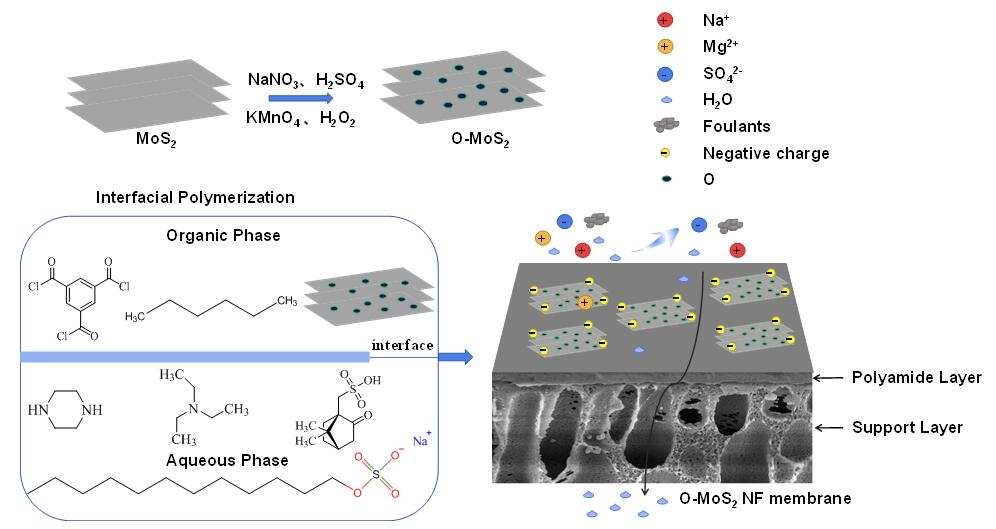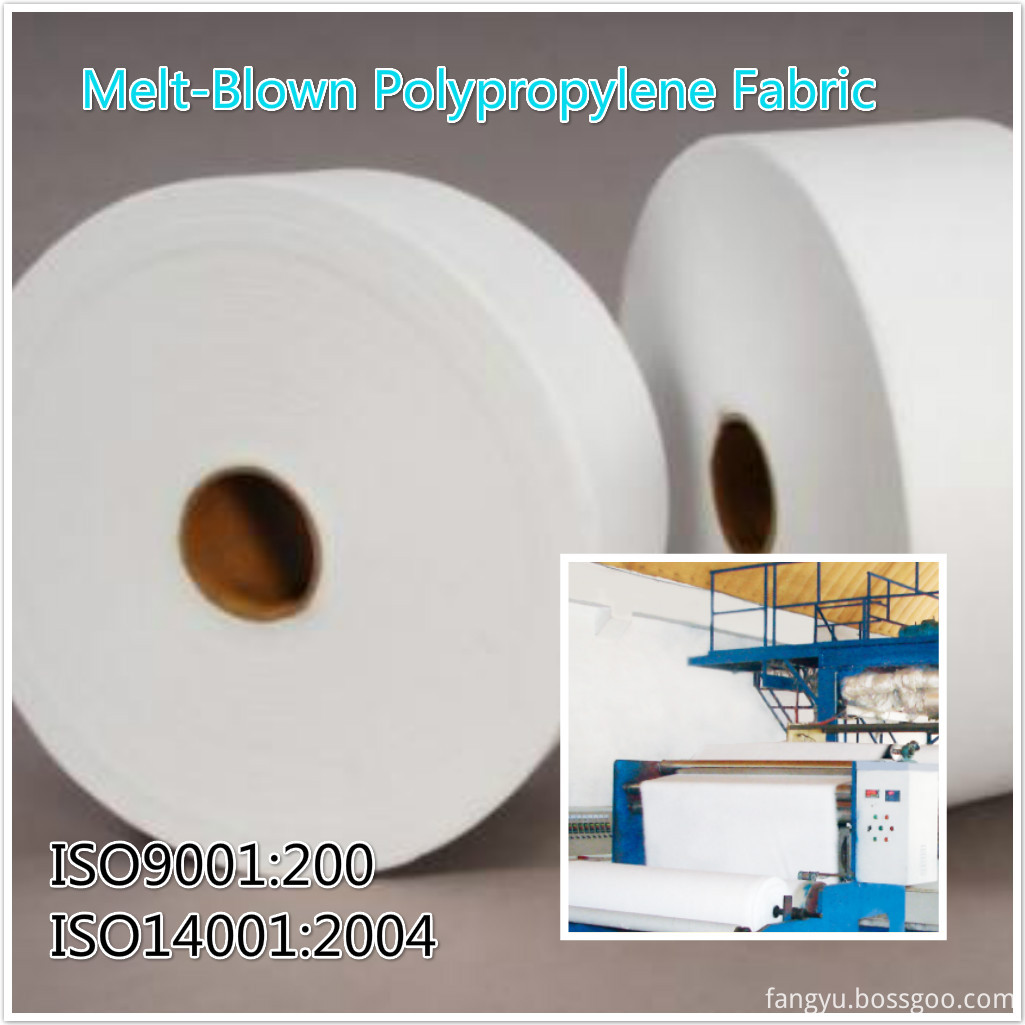[ Instrument R & D of Instrument Network ] Nanofiltration membranes have been widely used in water treatment technology due to low operating pressure, low equipment operation and maintenance costs, and good salt separation selectivity. Traditional polypiperazine amide thin-film composite nanofiltration membranes prepared by interfacial polymerization of piperazine and trimesoyl chloride are often limited by the "trade-off" phenomenon between permeability and selectivity in industrial applications, as well as inevitable membranes pollution problem. In order to reduce energy consumption, advanced nanofiltration membranes with high water flux, high salt selectivity and excellent anti-pollution performance are urgently needed in the field of seawater desalination and water treatment. In recent years, due to its unique atomic thickness, physical and chemical properties, and ease of preparation, two-dimensional nanosheet materials have broad application prospects in membrane preparation, and provide new ideas for the preparation of nanofiltration membranes with excellent separation performance. And guide directions.

Based on this, the Membrane Science and Technology Research Group of the Institute of Urban Environment, Chinese Academy of Sciences (Research Team Zhang Kaisong) prepared two-dimensional molybdenum disulfide nanosheet materials by organic solvent-assisted ultrasonic peeling method. It is 5 layers and has strong electronegativity and hydrophilicity. It was further added to the oil phase solution of trimesoyl chloride and the aqueous phase solution of piperazine was interfacially polymerized on the polysulfone ultrafiltration base membrane. The molybdenum disulfide composite nanofiltration membrane was successfully prepared. The hydrophilicity and electronegativity of the membrane were somewhat improved. Enhanced. Both scanning electron microscopy and transmission electron microscopy confirmed that molybdenum disulfide was evenly distributed on the surface of the membrane and in the polyamide layer. Without sacrificing the salt rejection rate, the permeability of the membrane increased by 2.3 times. In addition, molybdenum disulfide nanosheet materials were prepared by oxidative peeling using a method similar to Hummers for the preparation of graphene oxide. The Mo-O bond and S = O bond detected by X-ray photoelectron spectroscopy and infrared spectroscopy confirmed the oxide The successful synthesis of molybdenum sulfide further enhances its hydrophilicity and electronegativity. The molybdenum oxide disulfide composite nanofiltration membrane was also prepared by adding the oil phase. The successful loading of the molybdenum oxide disulfide gave the membrane more excellent hydrophilicity and electronegativity. The 2000 ppm sodium sulfate rejection rate increased from 93.4% To 97.9%, at the same time, the permeability of the membrane increased by 2.5 times. In addition, the membrane has excellent anti-pollution performance and can maintain relative stability during long-term operation. As a new generation of functional materials, molybdenum disulfide oxide is expected to be effectively used in future water treatment and other fields.
The research results were published by 2 authors in the international journal, Journal of Membrane Science, with master student Yang Shishi as the first author and Zhang Kaisong, a researcher from the Institute of Urban Environment, as the corresponding author. The research was supported by related projects of the Chinese Academy of Sciences.
Made from special polypropylene resins using innovative techniques, melt-blown filter media is a highly efficient solution for high-performance filters. Increased density means greater capacity for containing dust and a longer lifespan for the product.
The product is from hydrocarbons with innocuity,insipidity,white
and light character.
PP super-fine fiber filter material is a new type of filter
material made of polypropylene special resin with the melt-blown non-woven
technology.The fiber of the product,with three-dimensional net
structure,decreases the filtering resistance and can contain more dust.The
product is ideal to be used in initial,medium and high efficiency
filter,self-air-cleaner,vacuum cleaner etc.due to its low resistance and high
efficiency.The product can also be used for liquid filtration,oil stain
disposal,water purification and other purposes.
Product Performance:
The product is from hydrocarbons with innocuity,insipidity,white
and light character.
The fiber distributes uniformly,softly and
compactly,having the trait of high intensity,low resistance and high efficiency.
Acid and alkali resistant,with high melting point(167-174°C)and stable
performance.

Meltblown Nonwoven
Meltblown Nonwoven,Melt-Blown Polypropylene Fabric,Non Woven Fabric
Hebei Fangyu Trade Co., Ltd. , https://www.filtersmaterial.com

